What number of of you utilize the phrase ‘language’ in this day and age? We’re happy with the phrase ‘lingo’ as a substitute. There’s ‘relaxed’ for ‘comfy’ and lots of extra such wordplays. Uh! Dissatisfied, are you? You’ll’t be as a result of we’re within the twenty first century. Who has the time for remembering long-long phrases? Being Shakespeare is hard, no.
However you’ll be able to’t have your manner with the Textile Business Language Information. Are you able to exchange ‘cloth’ with ‘fab’ or ‘Jamdani’ with ‘Jam’? Ha ha…now prevent spinning the yarn whilst considering of uber cool abbreviations. Having began on a funny notice, let’s get right down to the Textile Business Language Information. No guffawing industry that is however one thing to PIN it for helps to keep.
You’ll agree why I say this. Actually, maximum folks, particularly within the type business and apparels industry all the time wish to building up our wisdom of the textile business, the textile business in India and get an outline of the textile business overlaying the cotton textile business and the technical textiles.
Don’t fear. I’m really not going to make it appear to be an encyclopedia (I do know none folks have the time for it). It’ll be brief and candy and received’t bore you to loss of life. And sure, it is going to be within the Alphabetical order, which means that it is going to be simple to identify. Satisfied? Let’s get cracking!
A
Acetate – A man-made fiber within the textile business.
Acrylic – A man-made polymer fiber having no less than 85% acrylonitrile.

Angora – Refers back to the hair of the Angora rabbit or the material constructed from Angora rabbit fur.

Applique – This is a stitching methodology wherein cloth shapes, lace or trim, are sewn onto a basis cloth with a purpose to create designs.
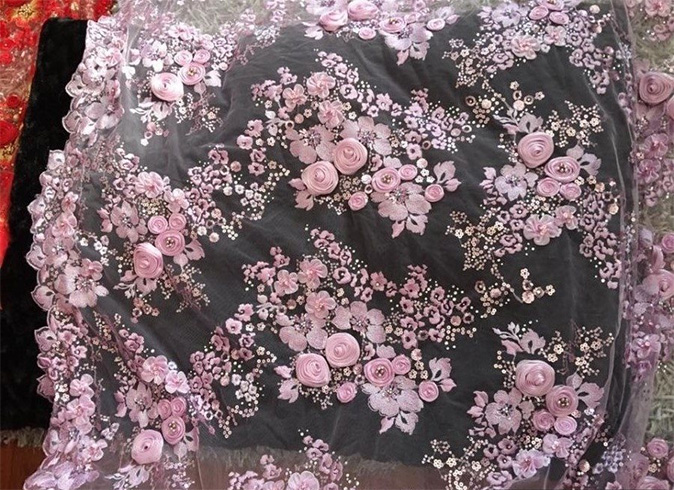
Aramid – The aramid fiber within the textile business is a fire-resistant and powerful artificial fiber.
Argyle – This can be a design the use of the diamond form in a diagonal checkerboard development.
Now not tricky, I am hoping. Let’s transfer on.
B
Baize – This is a coarse cotton or woolen material, continuously coloured in purple or inexperienced.
Ballistic nylon – Thick and hard artificial fiber, ballistic nylon is used for lots of packages within the textile business.
Batik – That is an Indonesian conventional phrase fashionable within the textile business which refers to a generic wax-resist dyeing methodology used on cloth.

Bobbinet – Used as a base for embroidery and undies, bobbinet is a tulle netting with holes within the type of a hexagon.
Bombazine – This is a cloth at the start manufactured from silk or silk and wool. In this day and age, it’s also manufactured from cotton and wool or of wool on my own. Bombazine is corded or twilled and used as dress-material.
Braid – Darling, that is no ‘coiffure’. Within the textile business, the phrase braid way to interweave or wire 3 or extra separate strands of a number of fabrics in a diagonal and overlapping development.
Broadcloth – Method materials of awesome high quality within the textile business.
Brocade – A time period used for forming patterns in material with a supplementary weft.

Buckram – A stiff material (manufactured from cotton or linen) used to hide and give protection to a e-book. It’s dearer than its look-a-like “Brella” and more potent and proof against cockroaches consuming it (WOW!). Actually, Buckram can be used to stiffen garments.

Burlap – One of those material used for sacks.
C
Calico – Within the cotton textile business, this time period refers to a material constructed from unbleached and unprocessed cotton. Calico could also be known as a kind of printing.

Cambric – This is a light-weight cotton material used as a material for lace and needlework.
Camel’s Hair – Indubitably, this can be a herbal fiber derived from the camel. A lot of yarn with other coarseness may also be constructed from camel hair. This can be a novel fiber spun by way of hand-spinners.

Canvas – An especially heavy-duty cloth used for making tents, sails, and different purposes the place durability is needed. Canvas paintings way embroidery on canvas.
Do you know, the canvas is used for making the craze purses??? Thank Amazon, Jabong and different e-commerce websites for acquainting us with Canvas purses as a buying groceries merchandise.
Cashmere – Within the textile business, wool from the Cashmere goat is named Cashmere.
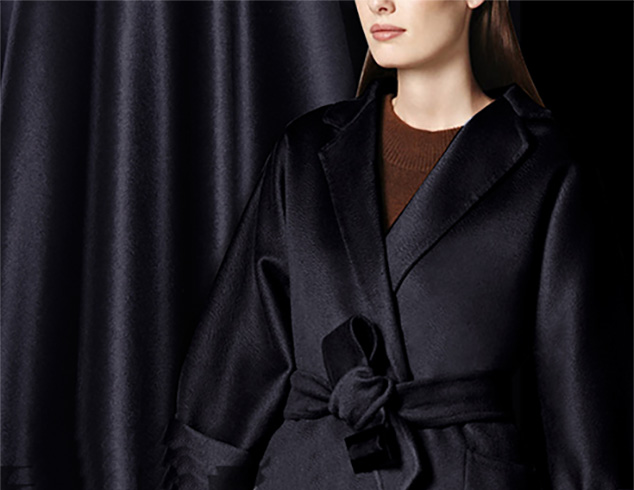
Cheesecloth – This loosely woven cloth is a fabricated from the cotton textile business used for urgent cheese curds.
Chiffon – A sheer cloth manufactured from silk or rayon.
Chino material – This can be a roughly twill cloth, made essentially from cotton.
Chintz – This refers to calico material revealed with plants in numerous colours.
Coir – This is a coarse fiber extracted from the outer shell of “nariyal” (that means coconut).
Colorfast – This is a time period used to explain whether or not the colours bleed or no longer within the technique of washing.
Twine – Consider Corduroy? ‘Twine’ is a brief type of it – a twisted fiber which falls between rope and string.
Cotton – A comfortable fiber maximum continuously spun into thread, it’s used to make a comfortable and breathable textile. The material’s large recognition powers the cotton textile business.
Crepe – This is a silk cloth that has a gauzy texture, with a crisp or crimpy look (abnormal to it).

Pass-stitch – This can be a fashionable type of counted-thread embroidery. The preferred factor is the X-shaped stitches that are used to shape an image.
Crochet – This phrase describes the method of making a material from a period of wire, yarn or thread with a hooked instrument.

D
Denim – Who wouldn’t know this within the textile business? Denim signifies a rugged cotton twill textile.
Double weave– This is a form of complicated weave, carried out by way of interlacing two or extra units of warps with two or extra units of filling yarns.
Dyes – They’re used to paint cloth. There are two forms of dyes: Herbal and Artificial.
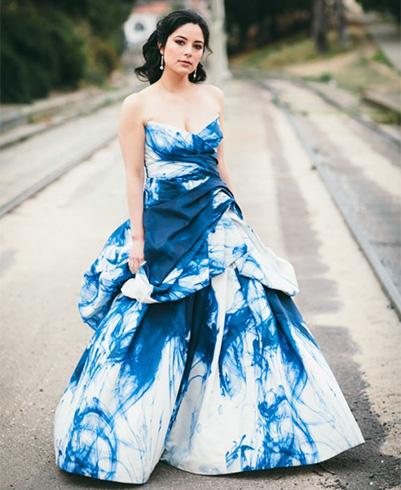
E
Embroidery – It’s an historical type of ornamental needlework wherein designs and photographs are created by way of sewing strands of a few materials directly to a layer of any other materials.
Eyelet – They’re steel, rubber or plastic rings inserted right into a hollow made via any other materials.
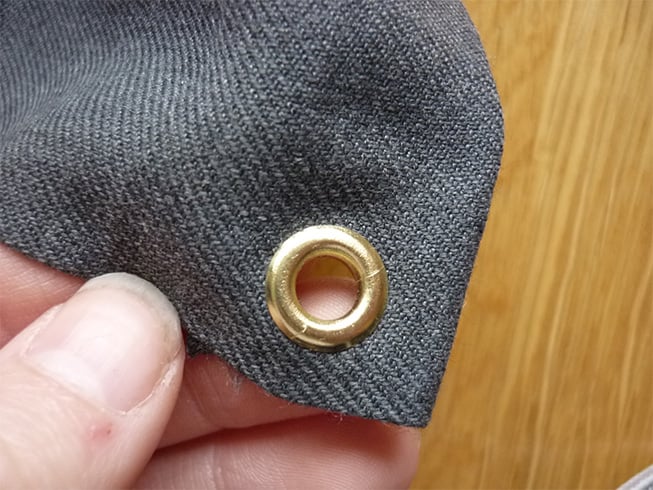
F
Felt: This is a non-woven material produced by way of matting, condensing and urgent fibers. Those fibers make the construction of the material.

Fiber (or Fibre) – They’re the elemental uncooked fabrics that are continuously used to weave a material. Fibers may also be spun into filaments, thread, or rope.
Filament – That is wonderful, thinly spun fiber, twine or thread.
Fishnet – A materials which has an open diamond-shaped knit.
Flannel – This is a material usually used to make clothes and mattress sheets. Flannel is generally constructed from wool, or wool and cotton, or wool and artificial cloth.

Flax – This kind of fiber is comfortable, versatile and lustrous. You’ll be stunned to grasp that flax is more potent than cotton fiber however much less elastic.
Fulling – This is a step in clothmaking the place cleaning of fabric (in particular wool) is finished with a purpose to do away with filth, oils and different impurities.
G
Gabardine – This is a tricky cloth (tightly woven) continuously used to make fits, trousers, and overcoats. The fiber selected to make the material is a woolen yarn, however can be cotton, artificial or blended. You’ll establish this cloth – easy on one aspect and diagonally ribbed floor at the different.

Gauze – This is a very gentle, sheer, finely woven cloth.
Gingham – A material constructed from dyed cotton yarn.
Gossamer – Mild, gauze-like cloth, gossamer is fashionable for white wedding ceremony clothes and decorations.

H
Hem – In stitching language, to hem a work of fabric way a garment employee folds the fabric to a lower edge, folds it up once more after which sews it down.
Hemp – Any clue you may have at the primary makes use of of hemp? They’re more than one – rope, carpet, sacking, nets, webbing and, of overdue, in paper production.
Huckaback – Used for making towels, this can be a form of coarse absorbent cotton cloth.

I
Ikat – Widespread taste of weaving it’s which makes use of a tie-dye procedure on both the warp or weft (ahead of the threads are woven) to create a development or design. Double-Ikat is when each the warp and weft are tie-dyed ahead of beginning the method of weaving.
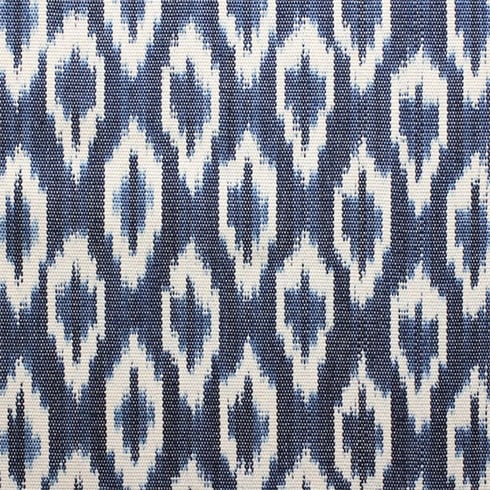
Intarsia – A knitting methodology which makes use of more than one colours to create patterns.
Interfacing – A commonplace time period which is used for various fabrics used at the mistaken aspect of the materials (in stitching).
J
Jacquard loom – This is a type of dobby loom which displays a raised development this is woven (as a substitute of revealed) onto the material. One of the most fashionable jacquard designs are damasks, florals, and geometrics.
Jamdani – Advantageous cloth that lines its foundation to Bangladesh.

Jute – Is a protracted and comfortable glossy plant fiber that may be spun into robust and coarse threads.
Fascinating truth –
Jute is among the most cost-effective herbal fibers (subsequent to cotton) and has various makes use of.
L
Lace – Lace-making is an historical craft and lace cloth is lightweight created by way of looping, twisting or knitting threads in a selected development, with open holes within the cloth.
Garden – Now not your lawn garden sweetie, this ‘Garden’ within the technical textiles lingo is a wonderful linen or cotton material.
Linen – Aw! How are we able to leave out linen in the case of the Textile Business Language Information? Linen has been used for clothes, desk coverings, mattress coverings for hundreds of years. This is a materials constructed from the fibers of the flax plant.

Heard of ‘Irish linen’? It’s linen produced in Eire. Easy and Un-complicated na!
Loom – The gadget used for fabric-weaving.
Lucet – A technique of wire making or braiding.

M
Mercerized Cotton – What’s Mercerisation? Within the textile business, it’s the remedy of the cotton cloth and thread most commonly carried out to provide cotton a lustrous look.
Merino – Is the Spanish title for a sheep breed. Therefore, Merino wool.
Mesh – A material that has numerous holes that are closely-spaced.
Microfiber – This is a time period used for fibers that have strands thinner than one denier. Materials made with microfiber are very very comfortable and cling their form neatly.
Mohair – Silk-like cloth constructed from Angora goat’s hair. Sturdy, gentle and heat it’s regardless that some other folks to find it itchy.

Muslin – Cotton cloth, finely woven, offered to Europe within the seventeenth century.
From town title to cloth title. Sure, that’s the tale of Muslin – it used to be first made in Mosul which is now Iraq.

N
Nainsook – This is a wonderful and comfortable muslin cloth used maximum continuously to make clothes for young children. So cutey pie phrase used within the textile business!

Nap – No afternoon nap that is! This is a time period coined for the raised floor of a definite material, instance flannel.
Needlework – Anything else used for ornamental stitching and textile arts.
Nonwoven cloth – Are the ones that are neither woven nor knit. Instance: felt. They’re neither robust nor stretched.
Nylon – A man-made polymer or plastic. Nylon fibers and stockings have a robust connection!!!
O
Organdy – Also known as Organdie, it’s sheer cotton for you. Very liable to wrinkling on account of its stiffness and fiber content material.
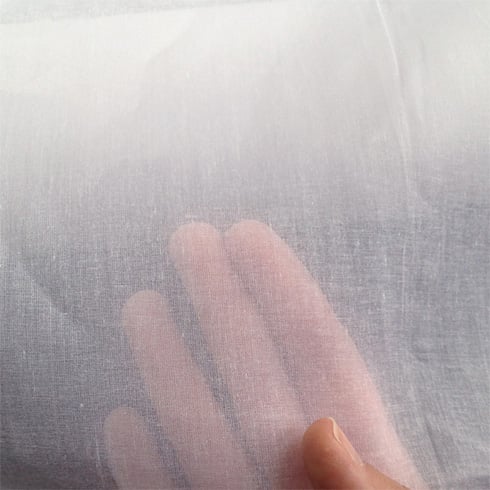
Organza – Skinny simple weave constructed from silk. Essentially the most luxe of organzas continues to be woven with silk threads.
[sc:mediad]

P
Paisley – Name it the Indian bodhi tree leaf, Paisley is a droplet-shaped vegetable motif. Paisley originated in India however unfold to Scotland when Brit squaddies introduced house cashmere shawls.

Patchwork– This is a type of needlework wherein small items of material are sewn and stitched in combination into a bigger design.
Persian weave – A weaving manner utilized in jewellery and different artwork bureaucracy.
Plaid – Scots language phrase which means that blanket, a plaid in large part refers to patterned woolen material.
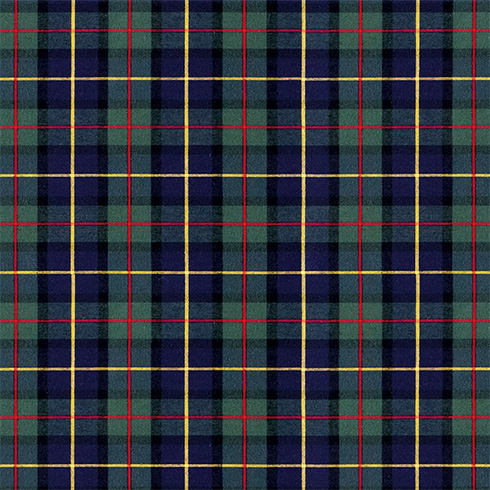
Poplin – A heavy sturdy cloth which has a ribbed look, Poplin is manufactured from cotton, silk, wool, rayon or a mix of those.

Q
Qalamkari – Often referred to as Kalamkari within the textile business. This is a form of hand-painted or block-printed textile. Qalamkari is produced in lots of puts in India. Hello, it has not anything to do with pen or Qalam!!!

Cover – Is a technique of stitching or sewing 2 layers of fabric with an insulating layer in between. E.g. – a mattress overlaying is a type of a duvet.

R
Rayon – This clear fiber is the result of processed cellulose.
Rug – Is a type of carpet regardless that small in measurement.

S
Satin – A material which has a shiny floor however a lifeless again.
Seam – In stitching language, a seam is a line the place a thread holds two items of material in combination.
Sheer – This is a semi-transparent flimsy material.
Shoddy – Is recycled wool which is of inferior high quality as in comparison to the unique wool.
Do you know, Benjamin regulation invented Shoddy in 1813?

Spandex fiber – Spandex or elastane is a man-made fiber which stands proud for its stretch-ability. It’s more potent and tougher than its main plant competitor Rubber.
Dupont invented Spandex in 1959 and revolutionized the clothes business.

Spinning – The method of yarn introduction from different uncooked fiber fabrics.
Tremendous – Higher put because the Tremendous Grading machine, it’s used to grade the standard of the wool cloth. The upper the quantity, extra is the yarn packed in in keeping with sq. inch.
T
Tactel – It’s the emblem title of a synthetic fiber constructed from Nylon.
Taffeta –One of those cloth continuously used for fancy clothes within the textile business.
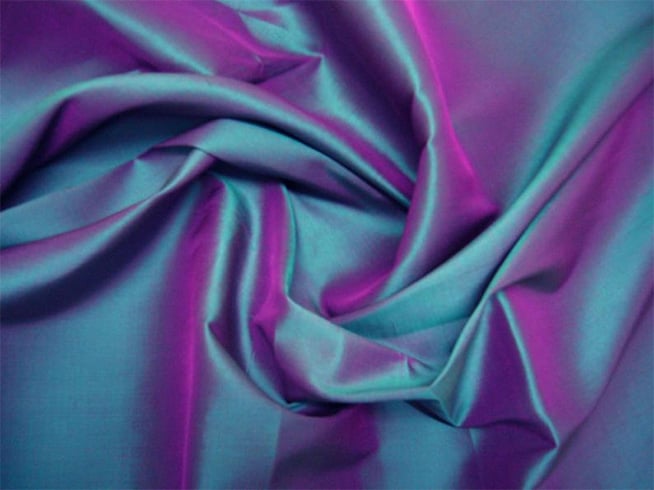
Tapestry – A type of textile artwork hand-woven on a weaving loom.

Tassel – A number of plaited or entangled threads. At one finish of the tassel, there’s a wire sticking out on which the tassel is hung. There are unfastened dangling threads on the different finish.
Terry Fabric – This can be a material wherein loops are protruding. Wager the instance of terry material? Tub towels.

Threads In step with Inch (TPI) – It’s the size of the collection of threads in keeping with inch of the fabric.
Thread Depend – It’s the collection of the warp threads in keeping with inch plus the no. of weft threads.
Tissue – Advantageous woven cloth or gauze is named “Tissue”.
Tulle – It’s “netting”. Ceaselessly starched, it’s manufactured from more than a few fibers. Tulle is maximum continuously used for veils and wedding ceremony robes.

V
Velveteen – It’s no longer actual velvet, honey. This is a cotton material, an imitation of velvet.

Viscose – On occasion used as a synonym for Rayon, Viscose within the textile business is a man-made cellulose-based polymer.
W
Warp – It’s the set of lengthwise threads hooked up to a loom ahead of weaving starts. It’s throughout the warp that the weft is woven.
Y
Yarn – Steady period of interlocked fibers, the yarn is appropriate to be used within the manufacturing of textiles, weaving, knitting, stitching, crocheting, and rope-making.
MYYYY GOD!!! That is what you will have to be pronouncing to your self having learn this evaluation of the textile business. Did you to find this newsletter useful in getting an perception of the textile business in India? Aweeeeesome or Amaaazing? Do proportion your comments within the feedback phase under. We would really like to listen to from you!
(Supply:






